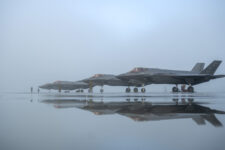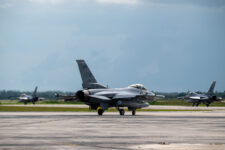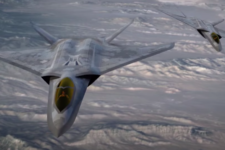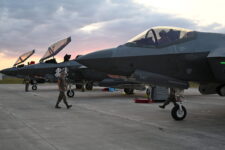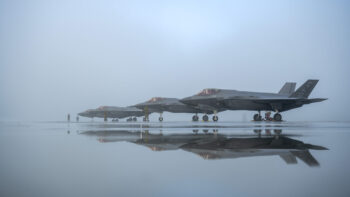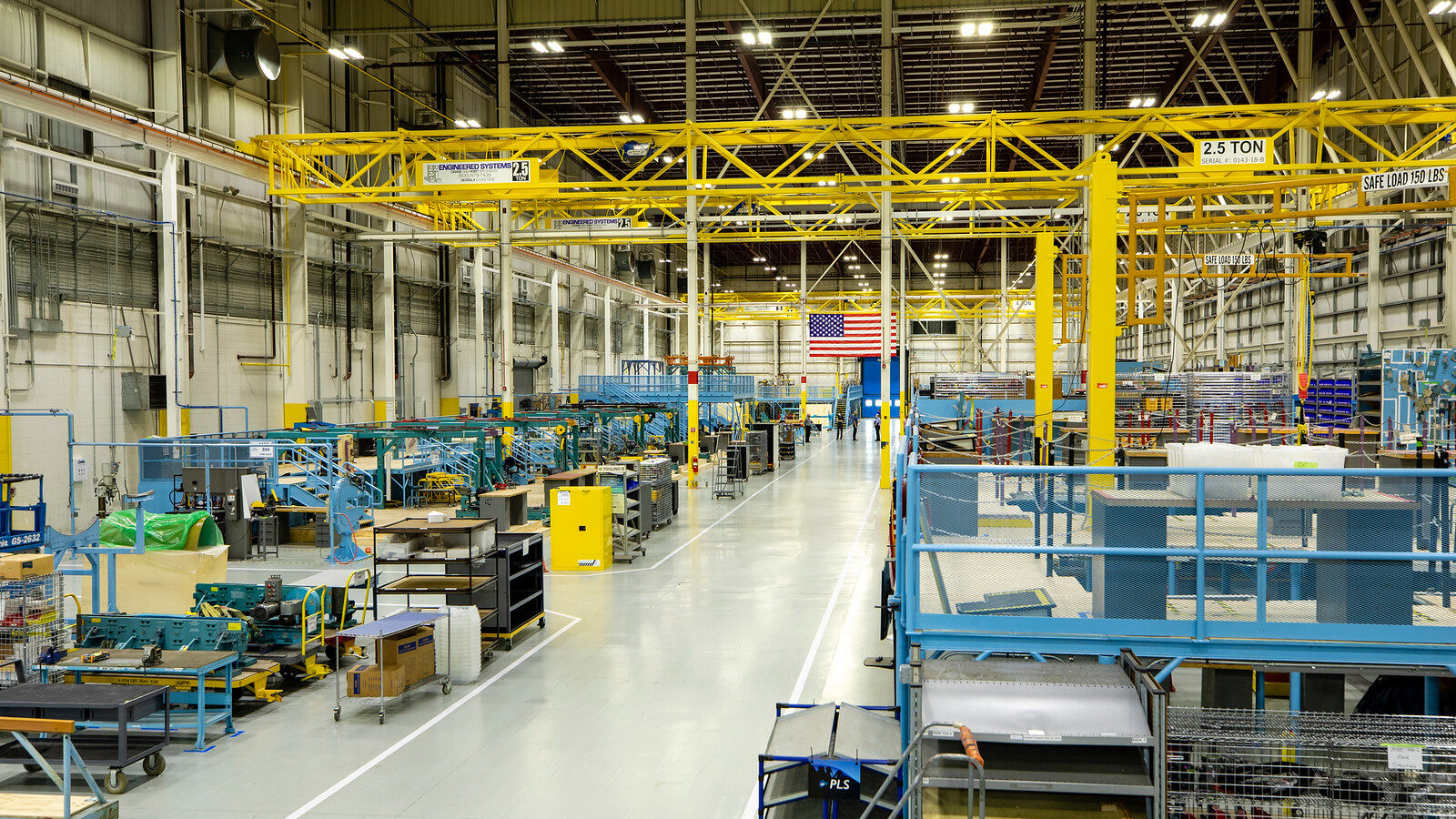
Lockheed Martin will continue producing the F-16 for foreign customers at its production line in Greenville, S.C. (Lockheed Martin)
DUBAI: The first F-16 built at Lockheed Martin’s new production facility in Greenville, S.C., will roll off the assembly a year later than expected due to an international supplier’s ongoing troubles in the wake of the coronavirus pandemic, a top Lockheed executive said Monday.
“With COVID and other issues associated with the supply base impacted by COVID, that ramp is taking longer than we envisioned it would,” Greg Ulmer, Lockheed Martin’s vice president for aeronautics, told Breaking Defense in a Nov. 15 interview at the Dubai Airshow.
“So we’re working [on] that, with the first airplane coming off the line in Greenville the fourth quarter of next year,” he said. “We’re about 12 months off our plan.”
The delay concerns a major subassembly of the aircraft built by a foreign supplier, which Ulmer declined to name.
The COVID-19 pandemic caused “significant impact” to that company’s workforce, and the supplier is still struggling to complete the first subassembly, which was supposed to be delivered to Lockheed “months ago,” Ulmer said.
The F-16 still remains a popular fighter aircraft choice for foreign militaries, with sales on the books for Bahrain, Slovakia, Morocco, Bulgaria and Taiwan. Earlier this year, the US Air Force awarded Lockheed a $14 billion contract for 128 F-16 Block 70/72 jets on behalf of those five countries, with production originally anticipated to run through 2026.
Ulmer said he sees a potential market for additional F-16 sales of up to 300 aircraft to countries like Jordan, Bulgaria, the Philippines and Indonesia.
Meanwhile, work continues ramping up the new Greenville line, which was stood up in 2019 after F-16 production relocated from Fort Worth, Texas, to accommodate the growth in F-35 production.
The company plans to add another 300 new jobs in Greenville by 2022 for F-16 sustainment and production, as well as creating another 80 positions at its Johnstown, Penn., facility to do F-16 related manufacturing work, Lockheed announced earlier this fall.
Lockheed is looking to cut costs and increase the resiliency of the production line by seeking out second sources for certain components and material, including for the subassembly that has driven production delays, Ulmer said.
The F-16 is not the only Lockheed Martin fighter with a supply base that is still reeling from the pandemic.
F-35 production slowed in 2020 as the pandemic raged through the United States and across the globe. Lockheed ended up delivering 120 F-35s for the year instead of its original target of 141 jets. In September, the company announced it would gradually ramp back up production, delivering between 133 to 139 aircraft in 2021 and 151 to 153 F-35s in 2022 before moving up to steady rate of 156 aircraft for 2023 and beyond.






